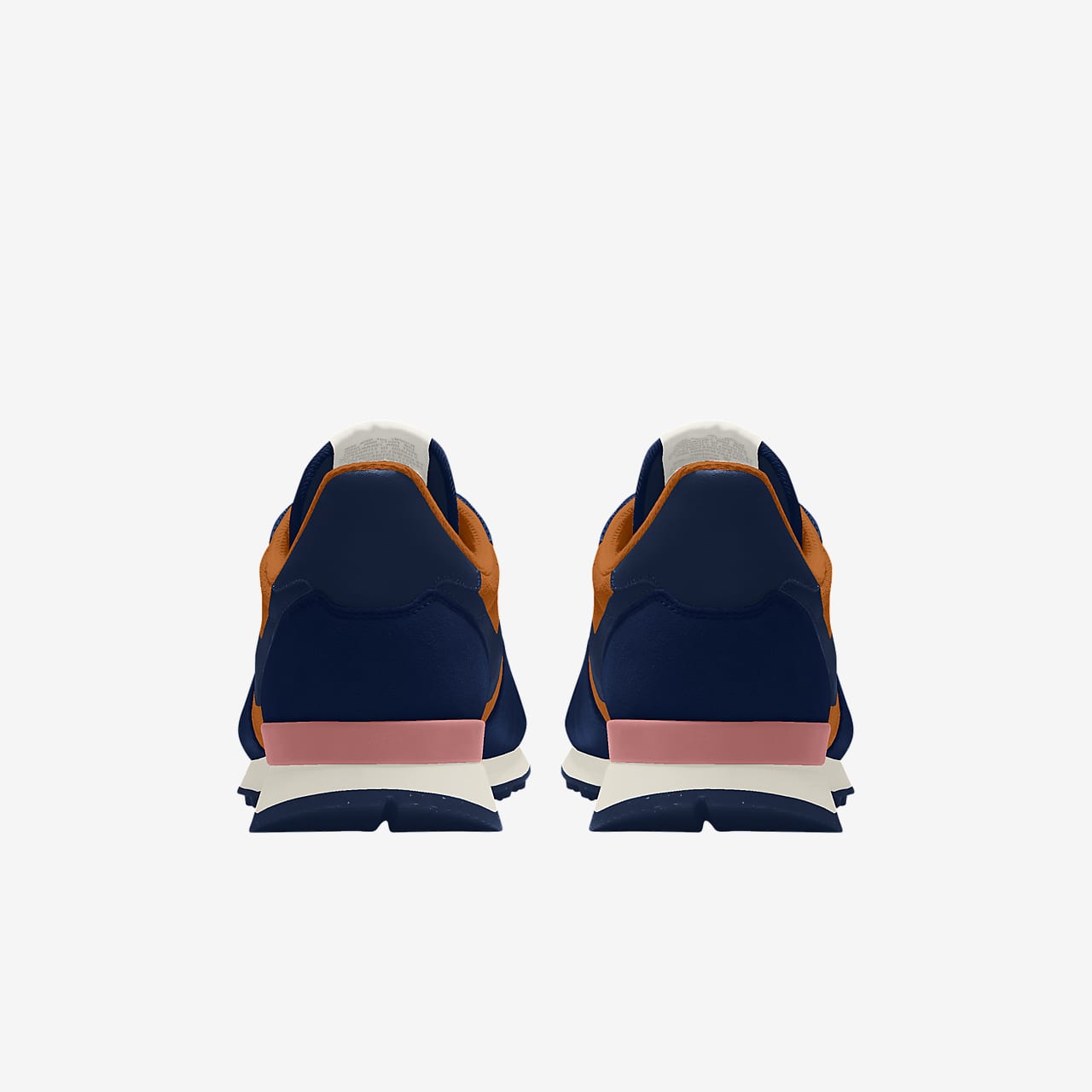
Amazon.com | Nike Internationalist GS Trainers 814435 Sneakers Shoes (UK 4.5 EU 37.5, Wolf Grey White Purple Dynasty 015) | Sneakers

StclaircomoShops - Nike Air Force 1 Black Camo 3M Reflective Atmos Japan Rare Trainer UK 9.5 - New Nike Internationalist White Red Mens Running Shoes Sneakers 682844 600

Nike Internationalist Men's Shoes Kumquat/Silver/Military Black/Summit White 631754-800 - Walmart.com

These are my go-to every day super comfy trainers, Nike Internationalist men's UK size 9. Mine are almost dead, the tread on the bottom is worn through to the white and the























